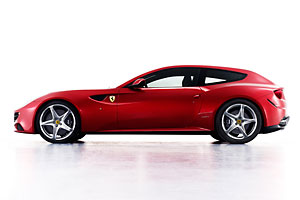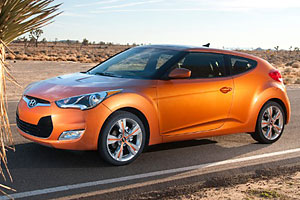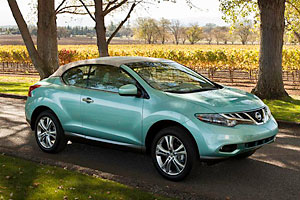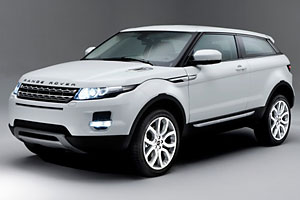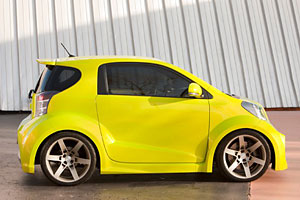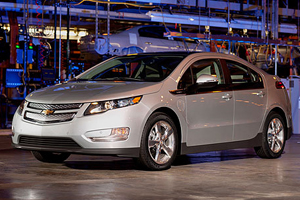Italian supercar manufacturer Pagani Automobili SpA. said today it will enter the U.S. market with its new model called the Huayra. The company says it will begin selling the 700-horsepower car in the U.S. through a dealer network beginning later this year. Its price is expected to be more than $1 million.
Pagani released pictures of the new two-seater and information about its specifications late last month, but its pending availability in the U.S is big news for the speed-addled and well-heeled. Pagani’s current model, the Zonda, has been a perennial leader in top-speed and brute-power contests run by car magazines for the past decade and has been tantalizingly out of reach for many would-be customers in the States.
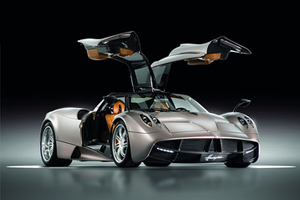 Named after Huayra Tata, an ancient God of wind, the Huayra has a six-liter, 12-cylinder engine with two turbochargers built by Mercedes-Benz’s AMG performance unit, which is responsible for the German company’s most powerful models. The engine breathes through a pair of air intakes behind the occupants that the company describes as “a tribute to the supersonic aircraft of the late 1950s and 1960s.” They were designed to allow air into the engine without unnecessarily disturbing aerodynamics.
Named after Huayra Tata, an ancient God of wind, the Huayra has a six-liter, 12-cylinder engine with two turbochargers built by Mercedes-Benz’s AMG performance unit, which is responsible for the German company’s most powerful models. The engine breathes through a pair of air intakes behind the occupants that the company describes as “a tribute to the supersonic aircraft of the late 1950s and 1960s.” They were designed to allow air into the engine without unnecessarily disturbing aerodynamics.
Pagani, which is based in San Cesario sul Panaro, near Modena, Italy, says it has built five Huayra prototypes and has been road testing them for the past four years. The test cars have traveled more than 300,000 miles and will cover about 600,000 miles before entering the U.S. market. The company says the car complies with the strictest European and American safety and emissions standards.
The car is to make its debut at the Geneva Motor Show next month. The company says it will reveal its specific plans for unveiling the Huayra in the U.S. in the coming weeks.
Pagani released pictures of the new two-seater and information about its specifications late last month, but its pending availability in the U.S is big news for the speed-addled and well-heeled. Pagani’s current model, the Zonda, has been a perennial leader in top-speed and brute-power contests run by car magazines for the past decade and has been tantalizingly out of reach for many would-be customers in the States.

Pagani will sell the new Huayra through U.S. dealerships.
Pagani, which is based in San Cesario sul Panaro, near Modena, Italy, says it has built five Huayra prototypes and has been road testing them for the past four years. The test cars have traveled more than 300,000 miles and will cover about 600,000 miles before entering the U.S. market. The company says the car complies with the strictest European and American safety and emissions standards.
The car is to make its debut at the Geneva Motor Show next month. The company says it will reveal its specific plans for unveiling the Huayra in the U.S. in the coming weeks.


